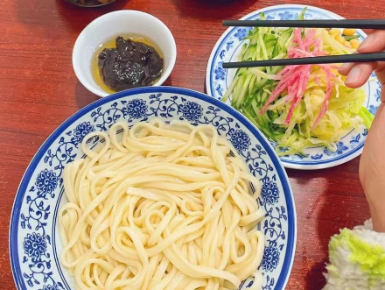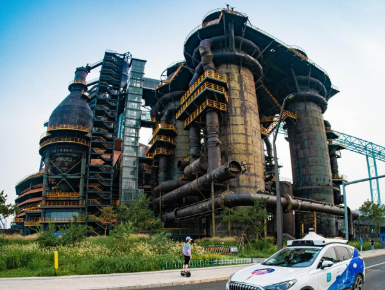Baigongfang
Introduction
Baigongfang is translated literally, as "100 artists' studio". It is actually a traditional handicraft market integrating folk craft production, sales and exhibition. On offer here is a whole host of unique Beijing handicrafts, ranging from jade sculpture, cloisonne enamel, lacquerware and clay figurine to paper-cuts, made right in front of you!
From the Yuan Dynasty (1271) onwards until the demise of the Qing Dynasty (1911), dedicated official organizations in charge of the production of royal crafts set up in Beijing to attract the best artisans nationwide to work for the royal family. Stores run by these artisans were traditionally known in China as Baigongfang. This title is also adopted for the Beijing traditional folk craft preservation center in a bid to further promote Chinese cultural heritage. As a studio for folk artisans and a museum of traditional Chinese handicrafts, Baigongfang commits itself to the preservation of "endangered" Chinese folk crafts. It brings together famous folk artists from Beijing and other parts of China. Items on display here are folk craft masterpieces of varying styles, making the market a genuinely "living" museum.
Tips
Definition: Jingtailan
Jingtailan, or cloisonné enamel is a unique Chinese art ware combing porcelain making with bronze processing. Red copper is used to make the mode, on which patterns are drawn by a folk artist. Fine copper wires are then affixed to the model according to the patterns drawn, and a choice of different colors of enamel glazes are laid into the patterns. Cloisonné enamel products also need to go through the final fritting, polishing and gilding processes. It was invented during Emperor Jingtai's reign (1450-57) of the Ming Dynasty and was initially made only in the color of blue, hence the name Jingtailan (lan is the Chinese word for "blue").
Around
Temple of Heaven
The Temple of Heaven was the place where the Emperors of the Ming and Qing dynasties would worship Heaven and pray for bumper crops. The northern part of the outer surrounding wall is semi-circular in shape while the southern part square, a pattern symbolic of the ancient belief that Heaven was round and the earth square. The double surrounding wall separates the temple into two parts-the inner and outer temples with the main structures in the inner one, covering a space of 273 hectares in all.




